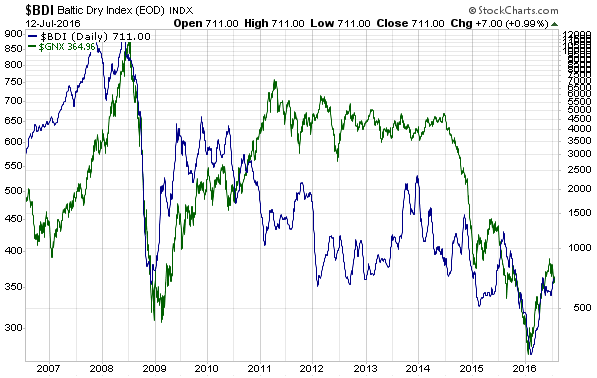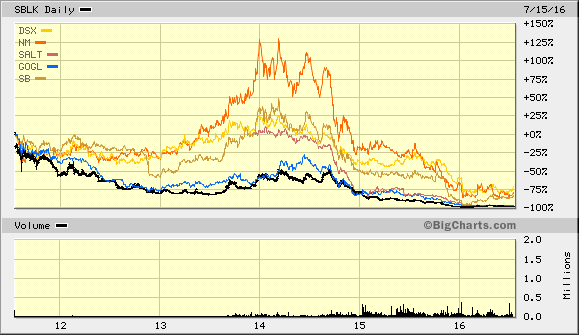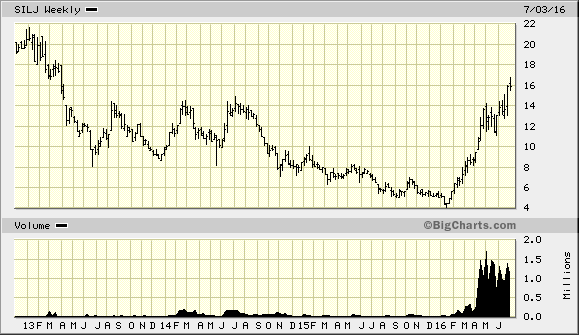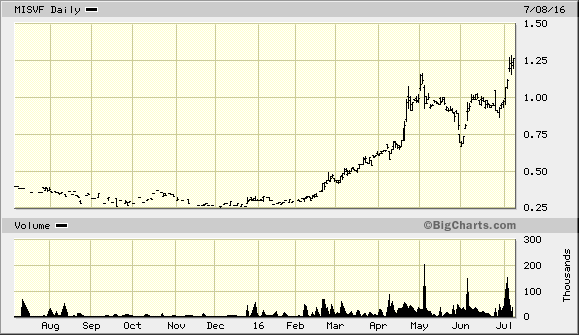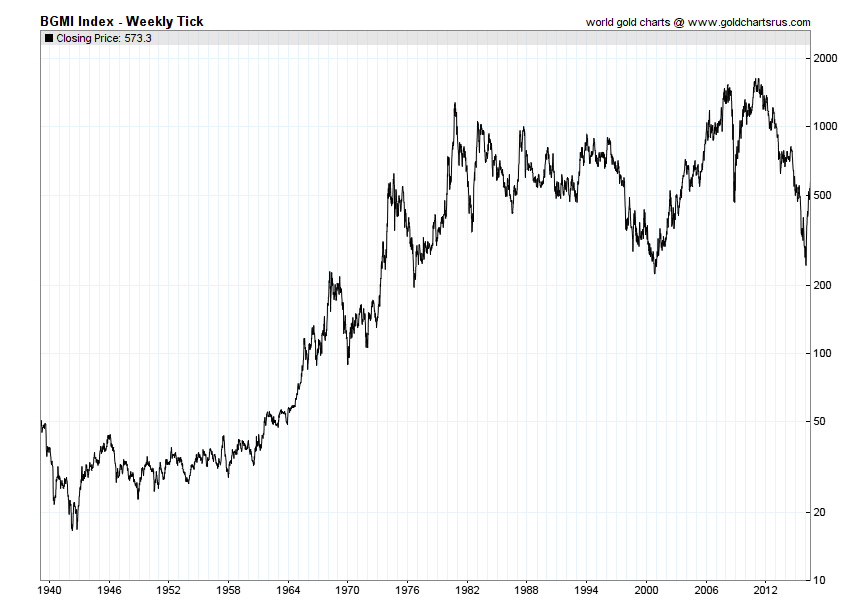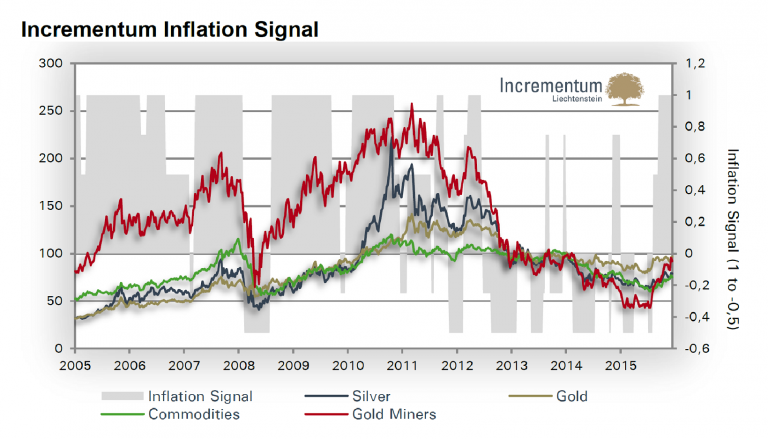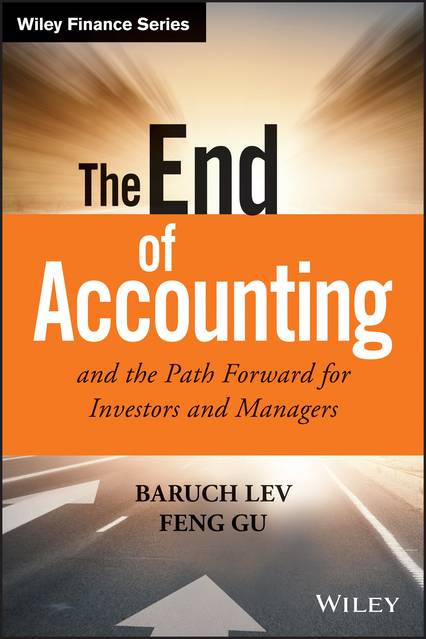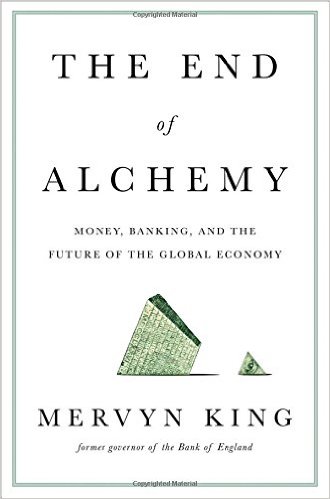
My main takeaway from this book published in 2016:
The quote on page 6: TODAY THE WORLD ECONOMY REMAINS IN A DEPRESSED STATE. ENTHUSIASM FOR POLICY STIMULUS IS BACK IN FASHION, AND THE WHEEL HAS TURNED FULL CIRCLE.
Whoa! I better clutch my gold tight then! God help us all.
—
The End of Alchemy: Money, Banking, and the Future of the Global Economy by Mervyn King, former governor of the Bank of England.
“Mervyn King may well have written the most important book to come out of the financial crisis. Agree or disagree, King’s visionary ideas deserve the attention of everyone from economics students to heads of state.” –Lawrence H. Summers.
Well, what Mr. Summers describes as visionary ideas was discussed and warned about over a hundred years ago by Ludvig von Mises in The Theory of Money and Credit, 1912
From the book jacket: The Industrial Revolution built the foundation of our modern capitalist age. Yet the flowering of technological innovations during that dynamic period relied on the widespread adoption of two much older ideas: the creation of paper money and the invention of banks that issued credit. We take these systems for granted today, yet at their core both ideas were revolutionary and almost magical. Common paper became as precious as gold, and risky long-term loans were transformed into safe short-term bank deposits. As King argues, this is financial alchemy―the creation of extraordinary financial powers that defy reality and common sense. Faith in these powers has led to huge benefits; the liquidity they create has fueled economic growth for two centuries now. However, they have also produced an unending string of economic disasters, from hyperinflations to banking collapses to the recent global recession and current stagnation.
—
As readers of this blog know, I suggest studying the works of the Austrians, however, I don’t agree with all their theories such as their dislike of Real Bills Doctrine (Feteke)
I always try to seek out opposing views, so I eagerly picked up a book by an English central banker. Though Mises foresaw the evils of fiat currency and fractional reserve deposit banking over a hundred years ago, I enjoyed seeing an insider discovering the dangers in our current monetary system for the “first” time. Alas, I view his solutions as lacking since they don’t address the fatal flaw of central planning—Hayek’s Fatal Conceit. Dispersed information and knowledge, incentives, and the economic calculation problem mean that a centrally planned monetary system will inevitably fail as shown by the 2008 to ? financial crisis.
At least Mr. King realizes that our current system is flawed. From page five: “The idea that paper money could replace intrinsically valyuable gold and precious metals, and that banks could take secure shor-term deposits and transform them into long-term risky investments, came into its own with the Industrial Revoluton in the eighteenth century. It was both revolutionary and immensely seductive. It was in fact financial alchemy—the creation of extraordinary financial power that defy reality and common sense. Pursuit of this monetary elixir has brought a series of economuic disasters—from hyperinflation to banking collapses. Why have money and banking, the alchemists of a market economy, turned into its Achilles heel?
If Mr. Kind had turned to Murray Rothbard, the great Austrian economist in What Has The Government Done To Our Money (Rothbard) or Man, Economy, And State (Rothbard), Mr. Rothbard would say fractional reserve deposit banking is an inherently inflationary Ponzi scheme and that central bank quantitative easing distorts people’s time preferences and the economy’s structure of production.
At least one central banker realizes that our current monetary system is a disaster, but his prescriptions are flawed. I wish he studied Mises and Rothbard’s writings Or the words of a common man who explains his suffering under the yoke of central banking:
A reader in Amazon’s comment section beautifully expresses what is happening to the common man:
You cite one of the purposes of money is as a store of value. When interest rates are set below the rate of inflation how does money fulfill that requirement? How are the actual people who are forced to live under central bank policies to determine how much money they will require for the future when the price of a can of beans increases in cost by 500% over 20 years while interest rates dramatically decline? This leads to my issues with the ‘pawnbroker model’. On the surface it sounds perfectly reasonable and to the uneducated eye one might wonder why this model hasn’t been in place all along. The reason of course is human nature. I submit that the inherent human desire for ‘something for nothing’ or ‘I’ll gladly pay you Tuesday for a hamburger today’ is what actually underlies all these efforts to ‘optimize’ the economy. What makes you or any sane person believe that a ‘pawnbroker’ that can print money will value assets at a rate which will be sufficient to cover losses in a crisis? What makes you believe the bankers would stand for it or that anyone has any idea how bad the next crisis will be?
The final issue I want to bring up is “inside money”. I am sure you are aware that this money is not created nearly as simplistically as you describe. We are in an era of creditalism and leverage and there is a paper trail created by fractional reserve lending that a curious person could follow…if they were so inclined. My point is that it isn’t so much that borrowing/lending creates money as it is HOW MUCH money it ends up creating and how it is distributed. In the model as you described it borrowing/lending not only creates money it creates goods and services. I am at a loss to understand how most financial engineering produces much beside a huge wealth gap.
In summation, the issues I’ve raised (and a multitude more) could be easily addressed if the authors of books and the seekers of knowledge merely submitted their ideas and theories to audiences of real people. This is to say, if they left their cloistered environments where everyone agrees on ‘certain fundamentals’ they might discover many of these precepts are fundamentally flawed. They might also notice that their spreadsheets are a dismal representation of real individuals, in all their complexity of desire and behavior. Of course, if they ever did this, they would soon also discover they are in way over their heads!
—




